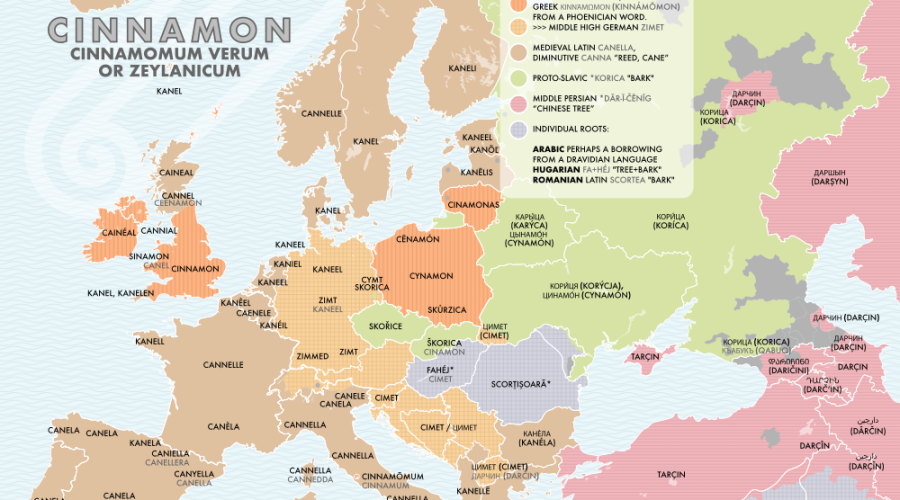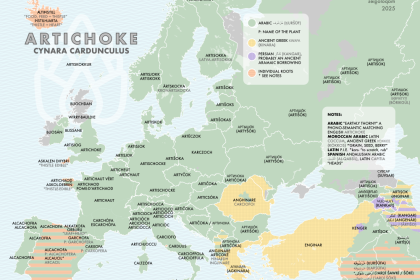Spices are used to flavor or color food, and therefore form a broad category that includes various plant parts: seeds (fennel, mustard, nutmeg, black pepper), …
Spices

maps & other fictions

Spices are used to flavor or color food, and therefore form a broad category that includes various plant parts: seeds (fennel, mustard, nutmeg, black pepper), …

In this section, we will explore the fascinating etymologies of flowers, the reproductive structures found in certain plants known as angiosperms. Flowers are typically composed …

Chicken Cuckoo This bird doesn’t have a name, what it has is a sound. Its name is its call. This is an example of onomatopoeia: …

Vegetables are generally the edible parts of plants. In previous posts, we explored roots, fruits and berries, legumes, cereals and seeds, and flowers. We also …

Skyscraper The term “skyscraper” originates from the words sky and scrape, evoking the image of something that reaches or touches the sky. In many languages, …

Point On this map we can distinguish four etymological roots: First, there are languages with a Latin-based word. English, for instance, “point” originates from the …

The edible grains or seeds from certain types of grasses, which are rich in carbohydrates and provide essential nutrients like fiber, vitamins, and minerals, are …

Seeds are the reproductive unit of flowering plants. Legumes belong to the Fabaceae (or Leguminosae) family and produce seeds within pods. This group includes peas, …

Vienna, the capital of Austria, has a rich history that is reflected in its name across various languages. In German, the city is called “Wien,” …

Words can travel through space, east-west, from ancient times to modern, from language to language. One of those tripping words in velvet. Before reaching Great …